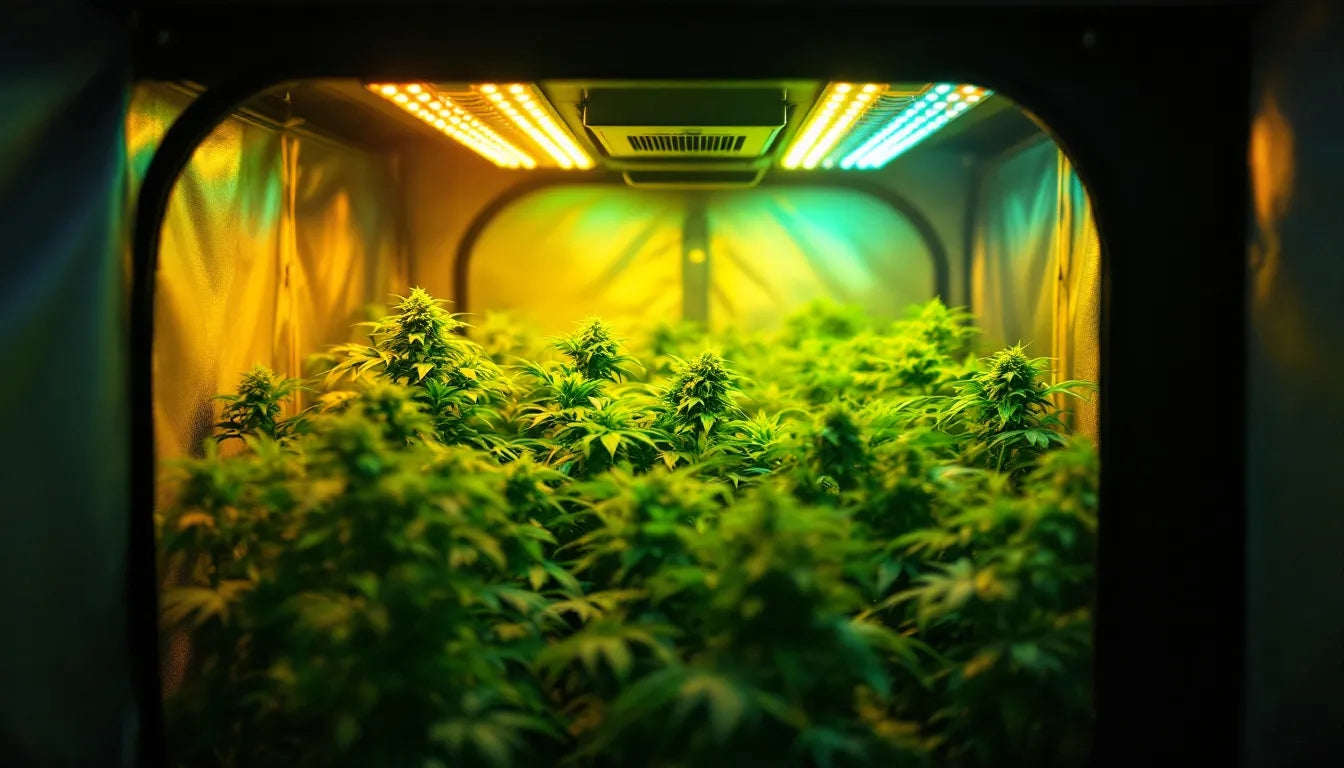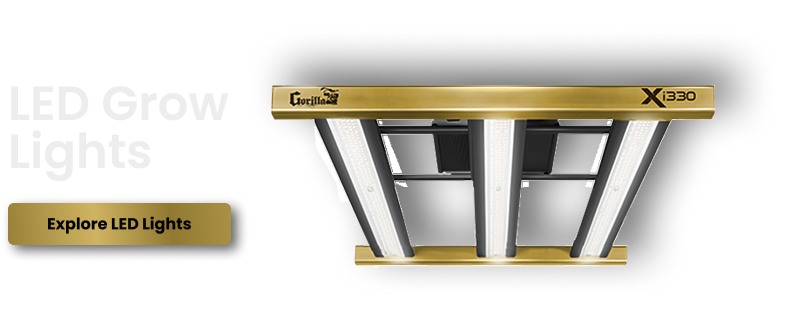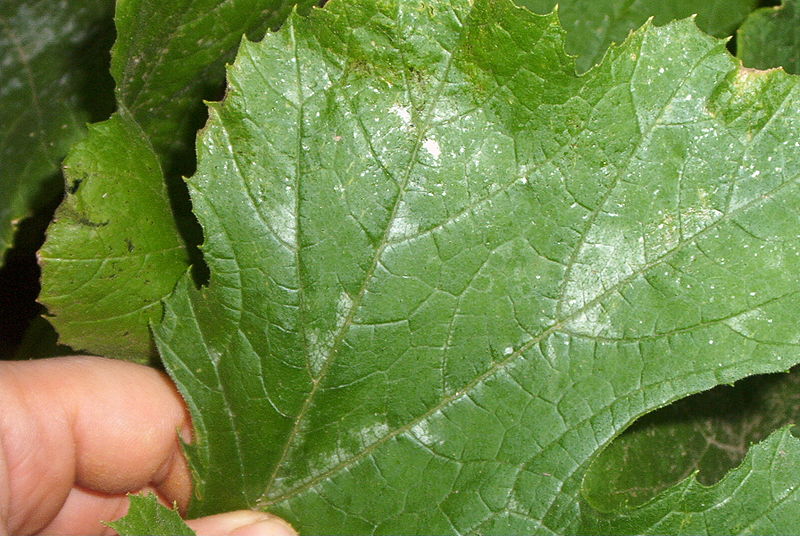
Do Grow Tents Keep the Smell In? Complete Guide to Odor Control
Do Grow Tents Actually Contain Odors?
If you're considering indoor gardening, especially with aromatic plants like plants
, herbs, or certain flowers, one of your primary concerns might be odor control. The question "do grow tents keep the smell in?" is common among both beginners and experienced growers.
The answer is yes – grow tents do help contain smells, but they aren't 100% smell-proof on their own. A high-quality grow tent like those from Gorilla Grow Tent provides an excellent foundation for odor control, but you'll need additional equipment to create a completely smell-proof growing environment.
How Grow Tents Help Contain Odors
Sealed Environment with Quality Materials
Grow tents are designed to create a controlled environment for your plants. The primary way they help with odor containment is through their construction:
-
Thick, High-Density Fabric: Premium grow tents use heavy-duty canvas (like the 1680D fabric in Gorilla Grow Tents) that serves as a physical barrier to odors.
-
Sealed Seams and Zippers: Quality tents feature industrial-strength zippers and carefully sealed seams that minimize air leakage.
-
Controlled Access Points: Well-designed entry points and viewing windows prevent constant opening and closing that would release odors.

Why Grow Tents Alone Aren't Enough
While a quality grow tent provides the foundation for odor control, there are several reasons why it can't completely eliminate smells on its own:
-
Ventilation Requirements: Plants need fresh air exchange, which means air (and potentially odors) must exit the tent.
-
Not Completely Airtight: Even the best grow tents have small openings for ducting, electrical cords, and other accessories.
-
Strong Plant Aromas: Some plants produce extremely potent aromas that can penetrate even thick materials over time.
Essential Equipment for Complete Odor Control
To create a truly smell-proof grow tent setup, you'll need to implement a proper ventilation and filtration system. Here's what's required:
1. Carbon Filter: The Odor Elimination Powerhouse
A carbon filter is the most important component for controlling grow tent odors. These cylindrical devices use activated carbon to trap and neutralize odor molecules before air leaves the tent.
The Gorilla Carbon Filter is specifically designed for maximum odor elimination in grow tent environments. These filters feature:
- Ultra-activated coconut carbon with 50% more surface area than standard carbon filters
- Thick carbon beds that ensure maximum removal of odors and contaminants
- Optimized design for longer dwell time, allowing more complete odor neutralization
- Multiple size options to match different tent dimensions
2. Inline Exhaust Fan: Controlled Airflow Management
To push air through the carbon filter, you'll need an inline exhaust fan. This fan creates the airflow that:
- Pulls air from the grow tent through the carbon filter
- Creates negative pressure inside the tent (more on this below)
- Exhausts filtered, odor-free air outside the growing area
When selecting an exhaust fan, ensure it's properly sized to work with your carbon filter and grow tent dimensions. The CFM (cubic feet per minute) rating should match your grow space needs.
3. Ducting: Connecting Your Ventilation System
High-quality ducting connects your carbon filter to the exhaust fan and directs air out of your growing area. For maximum odor control:
- Use solid, non-perforated ducting
- Keep duct runs as short and straight as possible
- Seal all connections with duct tape or clamps
- Insulate ducting if necessary to prevent condensation
Creating a Negative Pressure Environment
One of the most effective techniques for odor control is maintaining negative pressure inside your grow tent. Negative pressure means that air is being pulled into the tent rather than pushed out. You'll know you have negative pressure when the walls of your grow tent slightly bow inward.
With negative pressure:
- Any small leaks in the tent will pull air in rather than allow odors to escape
- All air exiting the tent is forced through the carbon filter
- The tent becomes a vacuum that contains smells more effectively
To achieve negative pressure:
- Ensure your exhaust fan is moving more air than any intake fans
- Limit passive intake locations to control where air enters
- Monitor tent walls for the slight inward bend that indicates negative pressure
Common Odor Control Mistakes to Avoid
Even with the right equipment, growers often make mistakes that compromise their odor control efforts:
1. Undersized Carbon Filter
Using a carbon filter that's too small for your grow space or the number of plants is a common error. Always size up rather than down when selecting a carbon filter.
2. Incorrect Filter Placement
Your carbon filter should be positioned at the highest point possible inside your grow tent. Since hot air rises and carries odors with it, this placement maximizes effectiveness.
3. Poor Maintenance
Carbon filters don't last forever. The activated carbon becomes saturated over time and loses its effectiveness. Generally, you should:
- Replace pre-filters every 3-6 months
- Replace the main carbon filter every 12-18 months (sooner in high-humidity environments)
- Regularly check for proper system operation
4. Ignoring Leaks
Small tears, loose ducting connections, or improperly sealed ports can all allow odors to escape. Regularly inspect your grow tent for potential leaks and seal them immediately.
Advanced Odor Control Techniques
For situations requiring maximum odor control, consider these additional measures:
1. Multiple Filtration Stages
For extremely odorous plants or larger grow operations, implement a dual filtration system:
- Primary carbon filter inside the tent
- Secondary carbon filter at the exhaust outlet
2. Air Purifiers
Place air purifiers with activated carbon in the room housing your grow tent for an extra layer of odor protection.
3. Odor Neutralizing Gels
These products don't mask odors but neutralize them chemically. They can be placed around your growing area as a supplementary measure.
Choosing the Right Size Carbon Filter for Your Grow Tent
Matching your carbon filter to your grow tent size is crucial for effective odor control. Here's a basic sizing guide:
| Tent Size | Recommended Filter Size | Airflow Rating |
|---|---|---|
| 2x2, 2x4, 3x3, 4x4 | 4"x12" | 200 CFM |
| 5x5, 4x8, 5x9 | 6"x24" | 500 CFM |
| 8x8 and larger | 8"x24" | 700 CFM |
For the most precise recommendations, refer to the specifications for the Gorilla Carbon Filter that matches your grow tent dimensions.
The Importance of Quality Grow Tent Construction for Odor Control
The foundation of your odor control strategy starts with the quality of your grow tent. Not all grow tents are created equal when it comes to containing smells.
Gorilla Grow Tents are specifically designed with features that enhance odor control:
- Higher density fabric (1680D vs. the industry standard 600D) provides better odor containment
- Double-lined, light-proof zippers create better seals that prevent odor leakage
- Intelligent ducting port design with double cinching technology for tighter connections
- Stronger frame construction prevents warping that could create gaps and leaks
Investing in a high-quality grow tent from the start saves you from fighting odor issues caused by inferior materials and construction.
Conclusion: So, Do Grow Tents Keep the Smell In?
To directly answer the question: grow tents help contain odors, but they need proper equipment and setup to be truly smell-proof.
For complete odor control, you need:
- A high-quality grow tent with thick fabric and good seals
- A properly sized carbon filter
- An appropriate exhaust fan
- Correctly installed ducting
- A negative pressure environment
With this complete system in place, you can enjoy indoor gardening without worrying about unwanted odors escaping your growing area. The Gorilla Carbon Filter combined with a premium Gorilla Grow Tent provides the foundation for an effective, odor-free growing experience.
By understanding how odor control works and implementing the right equipment, you can create a completely smell-proof indoor garden that keeps your growing activities private and your living space fresh.

Lena Myles
I'm a mushroom enthusiast and home cook based in Oregon. I'm passionate about foraging and creating fungi-focused recipes, especially delicious, plant-based dishes using gourmet mushrooms like trumpet, shiitake, and oyster. When I’m not in the kitchen, you’ll usually find me wandering the woods in search of new wild flavors.


